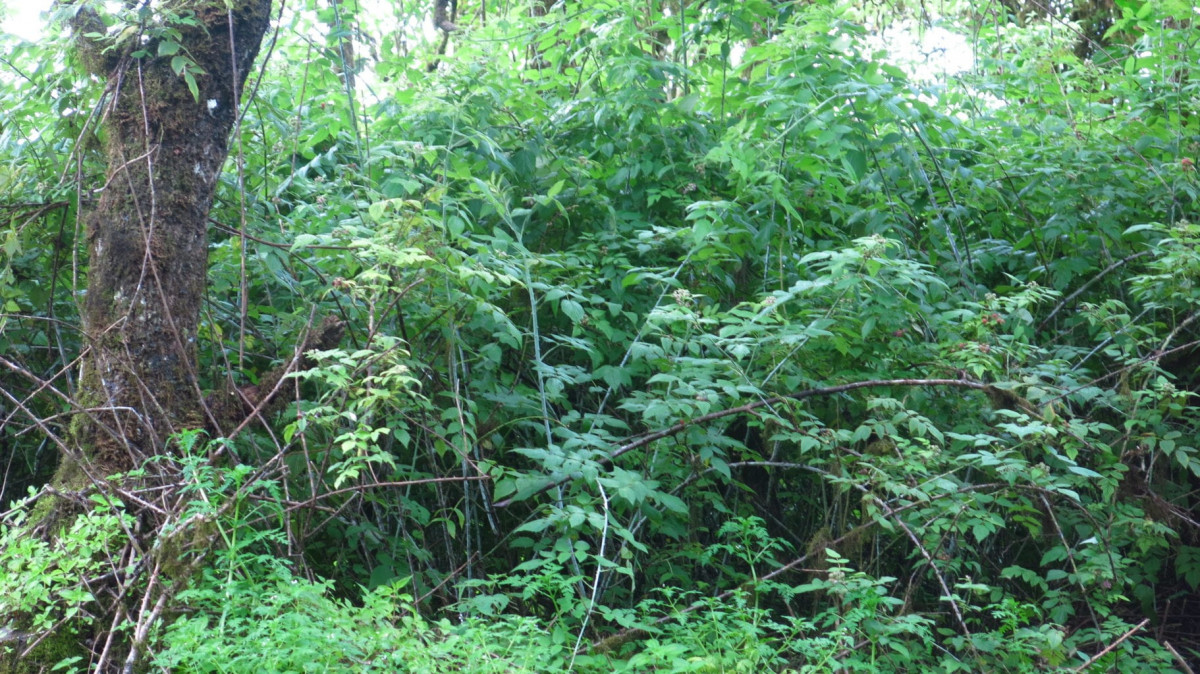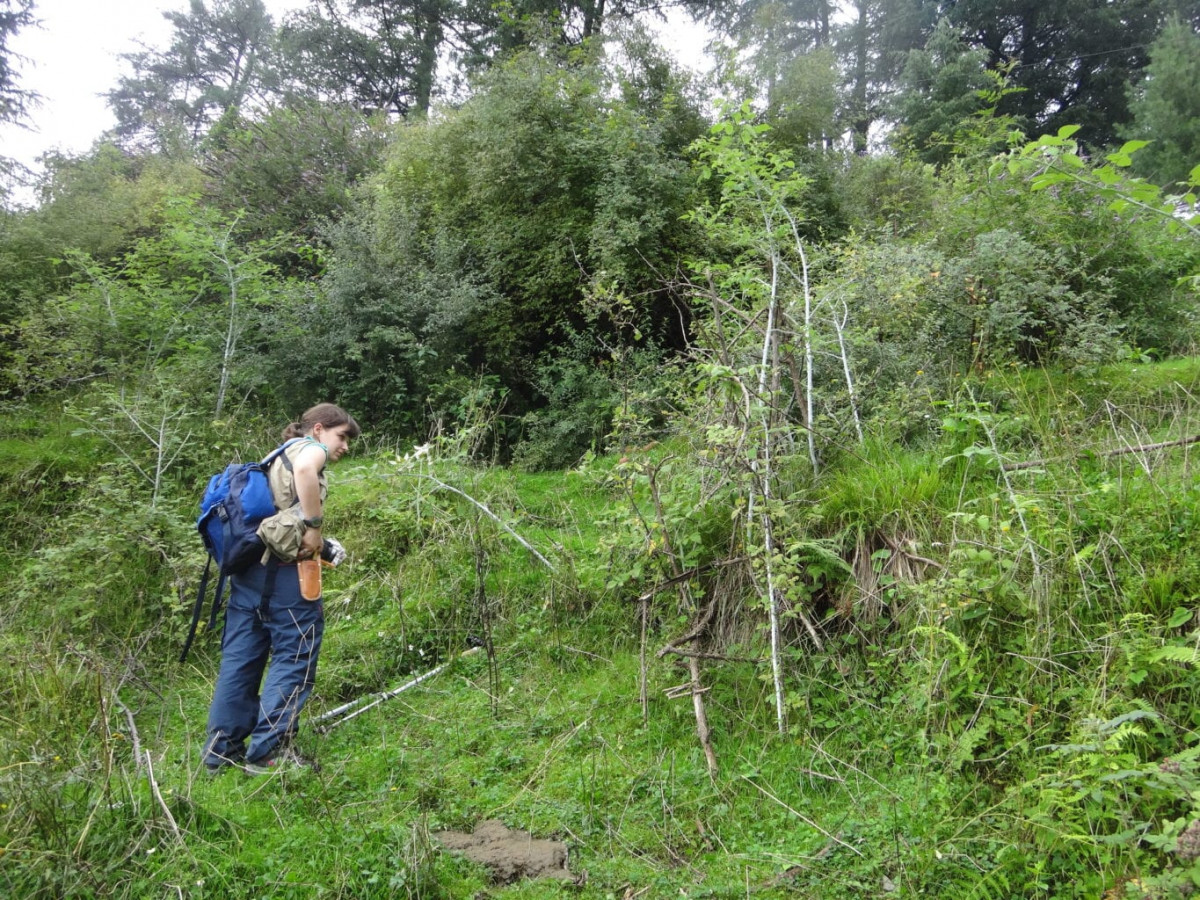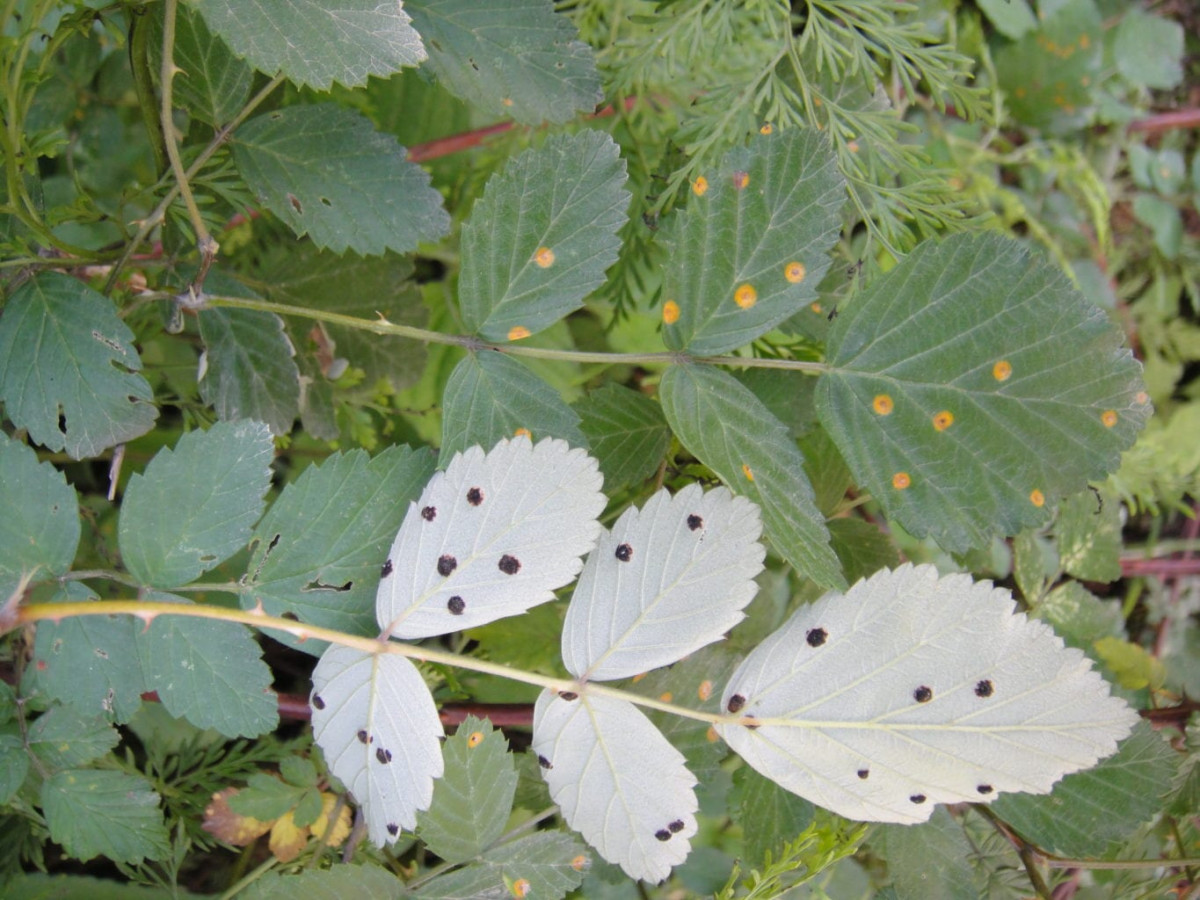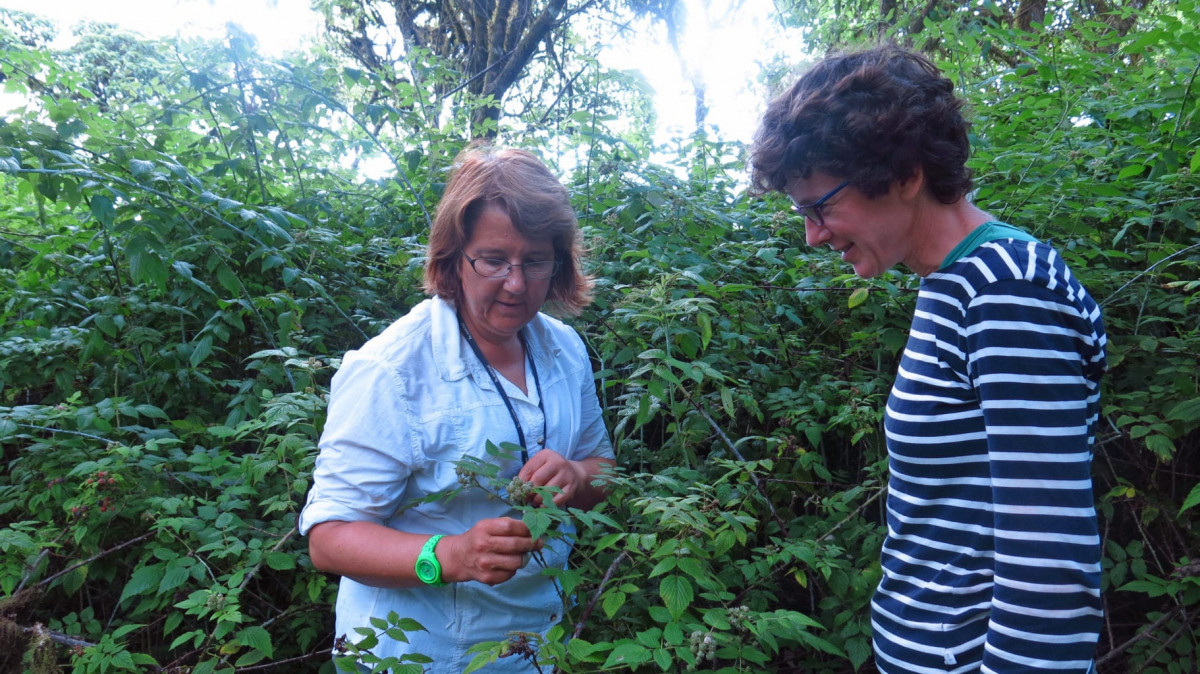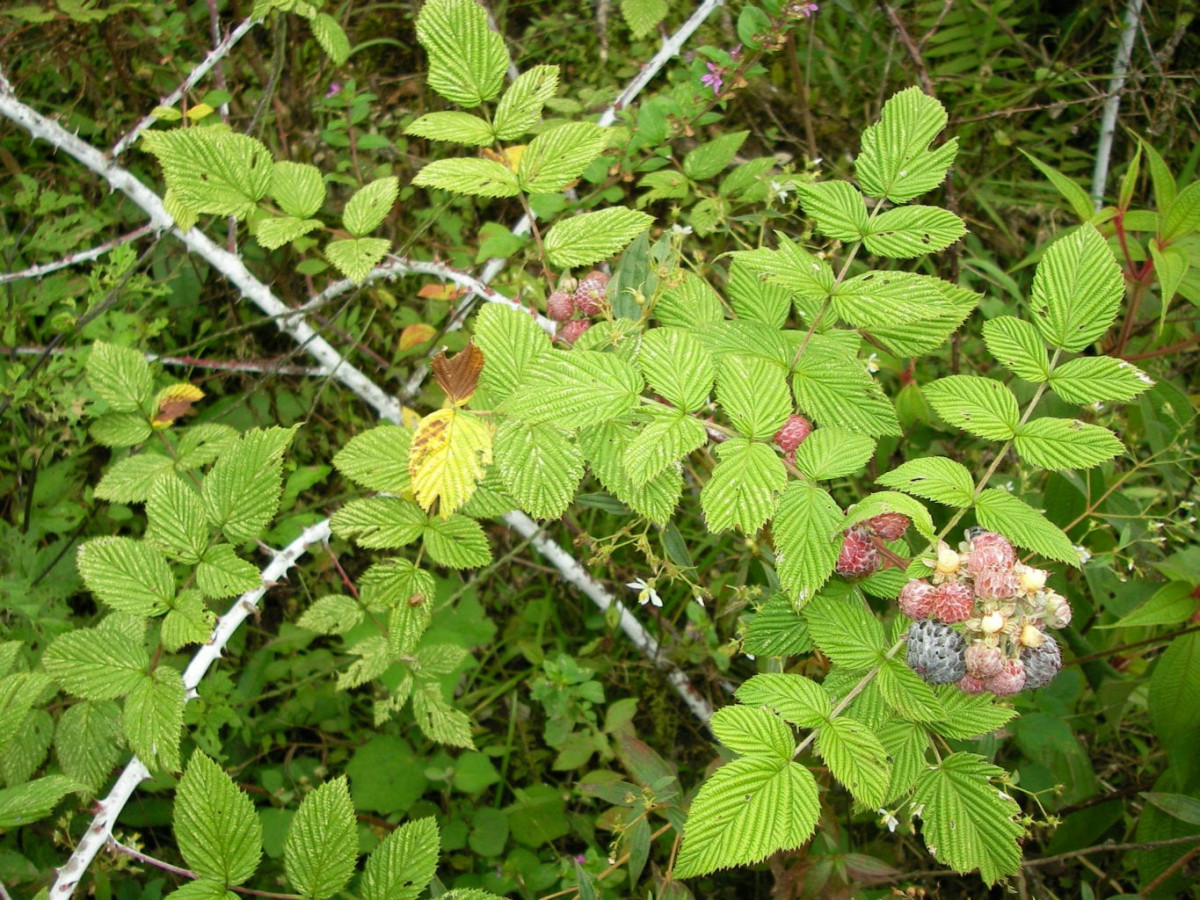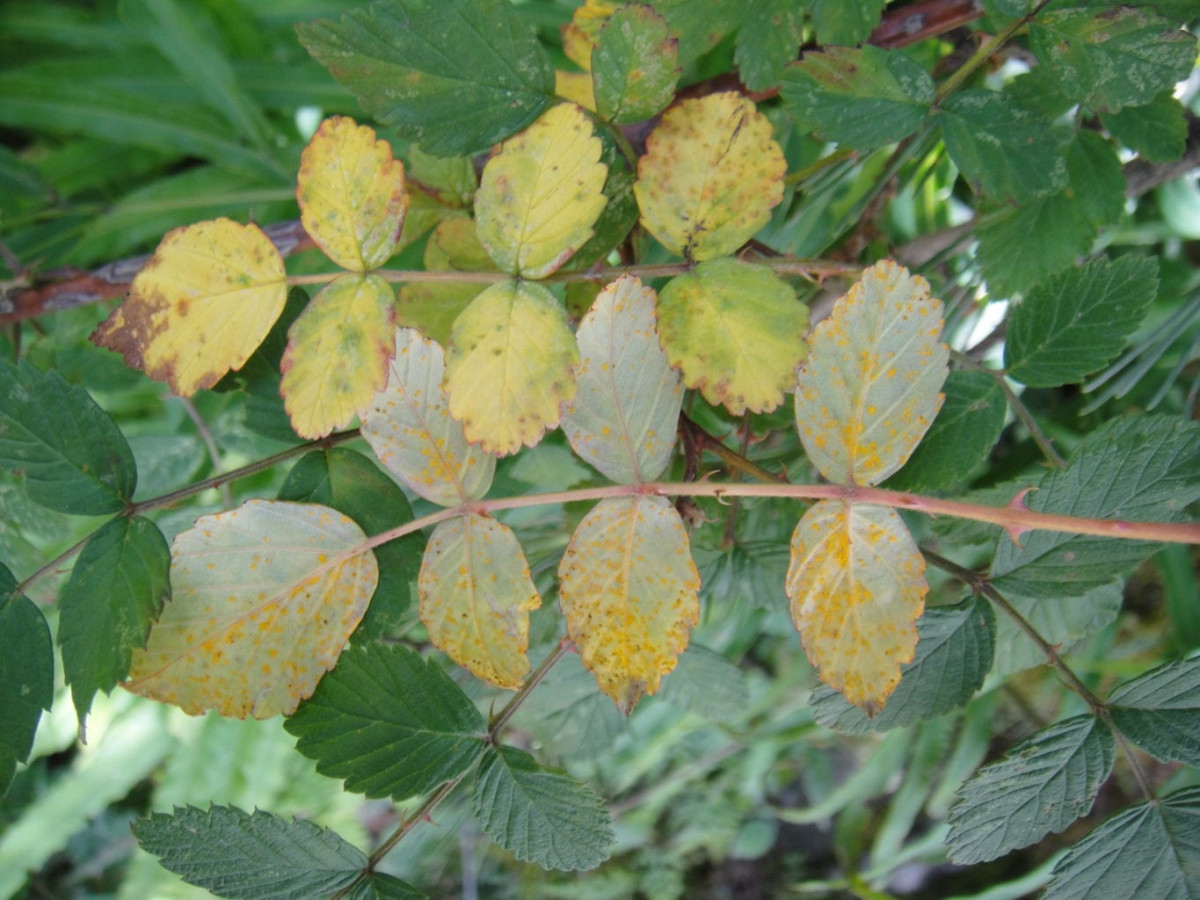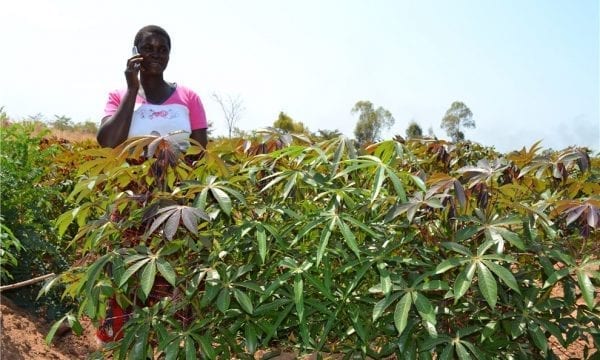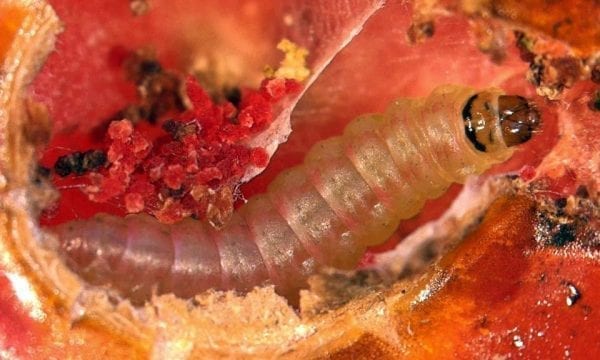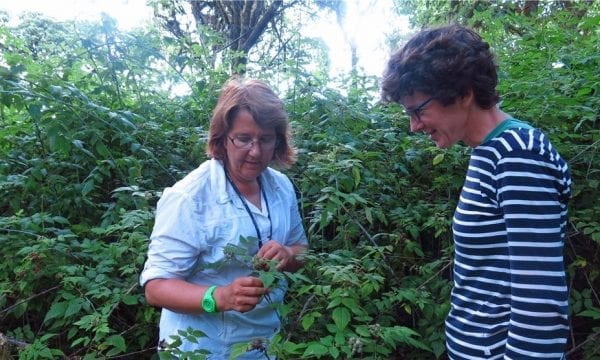Controlling the invasive blackberry on the Galápagos Islands
The unique wildlife and farmland on the Galapagos Islands are threatened with a non-native invasive weed. The invasive blackberry now covers around 30,000 hectares and can grow up to 3 metres tall. CABI scientists are searching for potential biocontrol agents from the Asian native range of the blackberry to introduce here.
Project Overview
So, what’s the problem
Since the Galapagos Islands were discovered in the 16th century, humans have introduced many species of plants and animals. Some of which have become invasive, such as blackberry (Rubus niveus). Introduced in 1968, this non-native species is considered one of the worst weeds affecting the islands. It has now invaded most of the wetter parts of the islands and is estimated to cover more than 30,000 hectares (around 21,500 football pitches). Dense spiny thickets of blackberry can grow up to 3 metres tall, affecting farmland and also preventing the unique native forest dominated by the endemic daisy tree (species from the genus Scalesia) from regenerating.
At present control is a mixture of manual labour and herbicide application, but its fast growth and large seedbank make these methods expensive, labour intensive and not very successful. This has led to heavy and regular use of herbicides or land abandonment.
What is this project doing?
The Galapagos National Park Directorate (GNPD) and the Charles Darwin Foundation (CDF) are partnering with CABI to help protect the iconic Galapagos Islands from an invasive blackberry (Rubus niveus).
With ongoing funding from FEIG (Fondo para el control de las especies invasoras de Galapagos), a trust fund set-up to manage invasive species problems in the archipelago, CABI is working to identify suitable biological control agents for the blackberry.
Classical biological control (or biocontrol) is used worldwide in the battle against widely-distributed non-native invasive species, such as weeds. This method uses living organisms – natural enemies of the invasive species, such as insects and diseases – from the native range of the invasive species. A biological control agent is selected that only attacks the invasive or target species, weakening it and reducing its impact.
A successful biological control agent will keep the invasive plant in check on all sites where present and, importantly, keep the costs of controlling the blackberry significantly lower. It will not only reduce the cost of management for farmers and the GNPD, but also allow the recovery of native vegetation and the subsequent release of agricultural areas so that cultivation can be resumed.
CABI scientists are searching for potential biocontrol agents from the native range of the blackberry (India to China) where it doesn’t cause any problems and only reaches a fraction of the size grows to in its invasive range. Their work will also define more precisely the exact origin of the individual species introduced to Galapagos using genetic markers.
If a suitable agent is found, additional funding with allow for a rigorous 3-5 year testing process to be undertaken. This will ensure that the biocontrol agent for blackberry poses no risk to native, non-target species, as well as related cultivated species like the commercial Andean raspberry on mainland Ecuador, and ornamental roses grown for export.
Results
Initial phases of the project aimed to identify where in the native range the weed biotype on the Galapagos originated (India or China), using molecular techniques.
A literature and database analysis were undertaken to provide a list of natural enemies that could have potential for the classical biological control of R. niveus. Polyphagous insects and generalist pathogens were excluded from this analysis; but still a complex suite of natural enemies are recorded from this species. This ‘desk-top’ analysis was complemented by surveys undertaken in India and China, under the auspices of this project and ad-hoc observations and collections made by CABI staff while on other surveys.
It is prudent not to draw any definitive conclusions from the study and surveys, but two rust pathogen species belonging to the genus Phragmidium and two insect types (a leaf-rolling weevil and a sawfly) could be prioritised due to their apparent host specificity and damage caused to R. niveus. With the results of the molecular work pointing to R. niveus populations from China (Yunnan) as the source of the introduction to Galapagos, survey work conducted in collaboration with YAFG (Yunnan Academy of Forestry and Grassland, Kunming) as the Chinese partner organization in the autumn of 2019 has focussed on this region of the native range. A range of rust pathogen collections were made for further studies that will continue in 2020.
“It is with our deepest sadness that we report the sudden loss of Dr Carol Ellison, the previous Project Manager, who passed away in April 2020 after a prolonged illness. Carol was truly dedicated to her career in weed biological control, and, in particular, was passionate about controlling Rubus niveus in the Galapagos.”
Project Manager

Marion Seier
Senior Plant Pathologist; Team Leader - Invasive Species, UK
CABI, Silwood Park, Buckhurst Road, Ascot, Berkshire, SL5 7PY, UK

